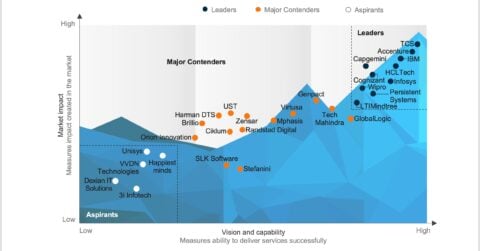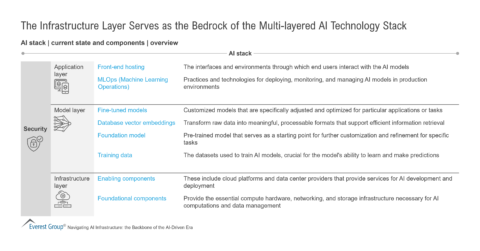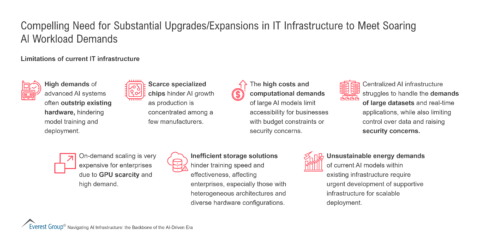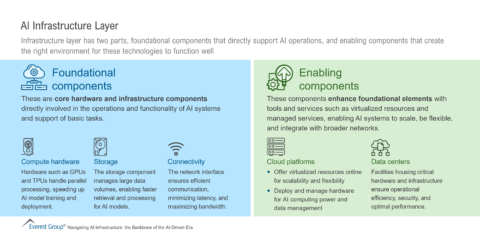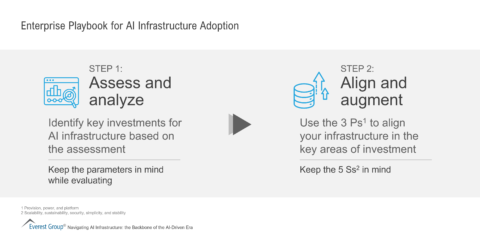Reimagine growth at Elevate – Dallas 2025. See the Agenda.
Displaying 1-10 of 172
From Discovery to Deal: Accelerating Wins with Strategic Assets
July 22, 2025
11 a.m. IST | 1:30 p.m. SGT | 2:30 p.m. JST | 4 p.m. ACT
Webinar
1 hour
Unlock Empowered Decisions: Global E&IT Technology Trends 2025 | Webinar
On-Demand Webinar
1 hour



